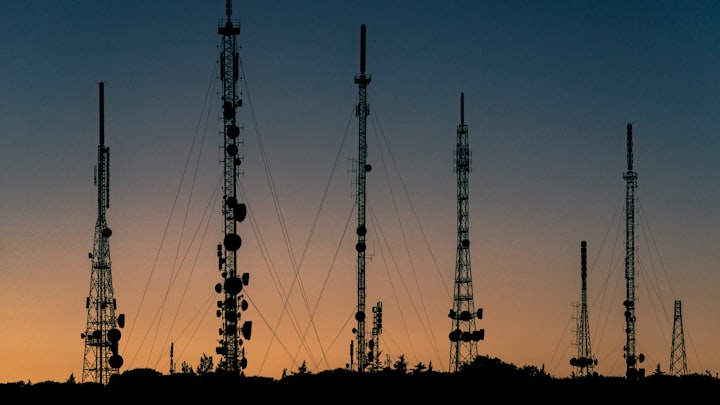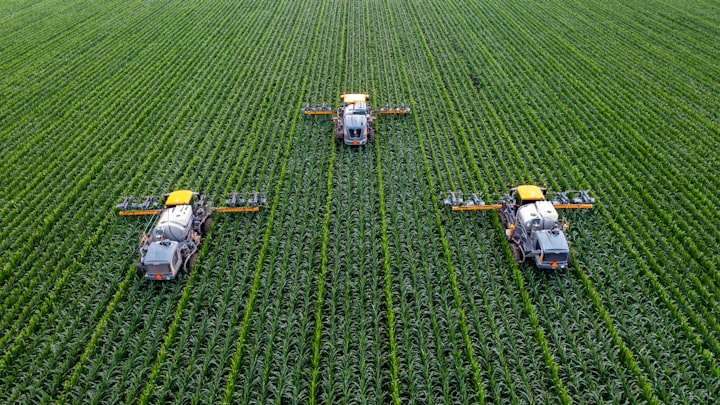Scope 3 Emissions from Tier 2 and Tier 3 Suppliers: Navigating the Complexities and Crafting Sustainable Approaches
Managing Scope 3 emissions from Tier 2 and Tier 3 suppliers presents unique challenges, from supply chain depth to data accessibility. However, with strategic mapping, collaboration, and technology, companies can navigate complexities and drive meaningful sustainability deep into their supply chains

The challenge of managing Scope 3 emissions is amplified when considering emissions from Tier 2 and Tier 3 suppliers. These suppliers, often several layers removed from a company's direct operations, can contribute significantly to a company's overall carbon footprint. Addressing these emissions requires a nuanced understanding of supply chain dynamics, the challenges involved, and potential strategies for mitigation.
1. Understanding the Complexity:
- Depth of the Supply Chain: Tier 2 suppliers provide goods and services to a company's direct (Tier 1) suppliers. Tier 3 suppliers, in turn, serve the Tier 2 suppliers. As one moves further down the supply chain, visibility decreases, making it challenging to track and manage emissions.
- Diverse Emission Sources: Emissions from these tiers can arise from various activities, including manufacturing processes, transportation, energy consumption, and waste management.
- Data Accessibility: Obtaining accurate emissions data from Tier 2 and Tier 3 suppliers can be challenging due to a lack of standardized reporting, varying levels of sustainability maturity, and concerns about data confidentiality.
2. Potential Complications:
- Scale of Emissions: In some industries, emissions from Tier 2 and Tier 3 suppliers can significantly exceed those from direct operations and Tier 1 suppliers.
- Lack of Influence: Companies often have limited direct relationships or leverage with suppliers beyond Tier 1, making it challenging to influence their sustainability practices.
- Economic Constraints: Smaller suppliers in Tier 2 or Tier 3 might lack the resources or expertise to invest in emission reduction initiatives.
3. Approaches to Addressing Emissions from Tier 2 and Tier 3 Suppliers:
- Supply Chain Mapping: Develop a comprehensive understanding of the supply chain to identify key Tier 2 and Tier 3 suppliers and their associated emissions.
- Engagement and Collaboration: Foster open communication with Tier 1 suppliers to gain insights into the next tiers. Collaborative initiatives can help in sharing best practices, resources, and knowledge.
- Capacity Building: Offer training, resources, and tools to help Tier 2 and Tier 3 suppliers measure, report, and reduce their emissions.
- Incentives and Standards: Introduce sustainability standards for suppliers and provide incentives (e.g., preferred supplier status, longer contracts) for those that demonstrate emission reduction efforts.
- Integration into Procurement: Incorporate sustainability criteria, including Scope 3 emission performance, into procurement decisions.
- Leverage Technology: Utilize digital tools, platforms, and analytics to gather, analyze, and monitor emissions data from deeper tiers of the supply chain.



